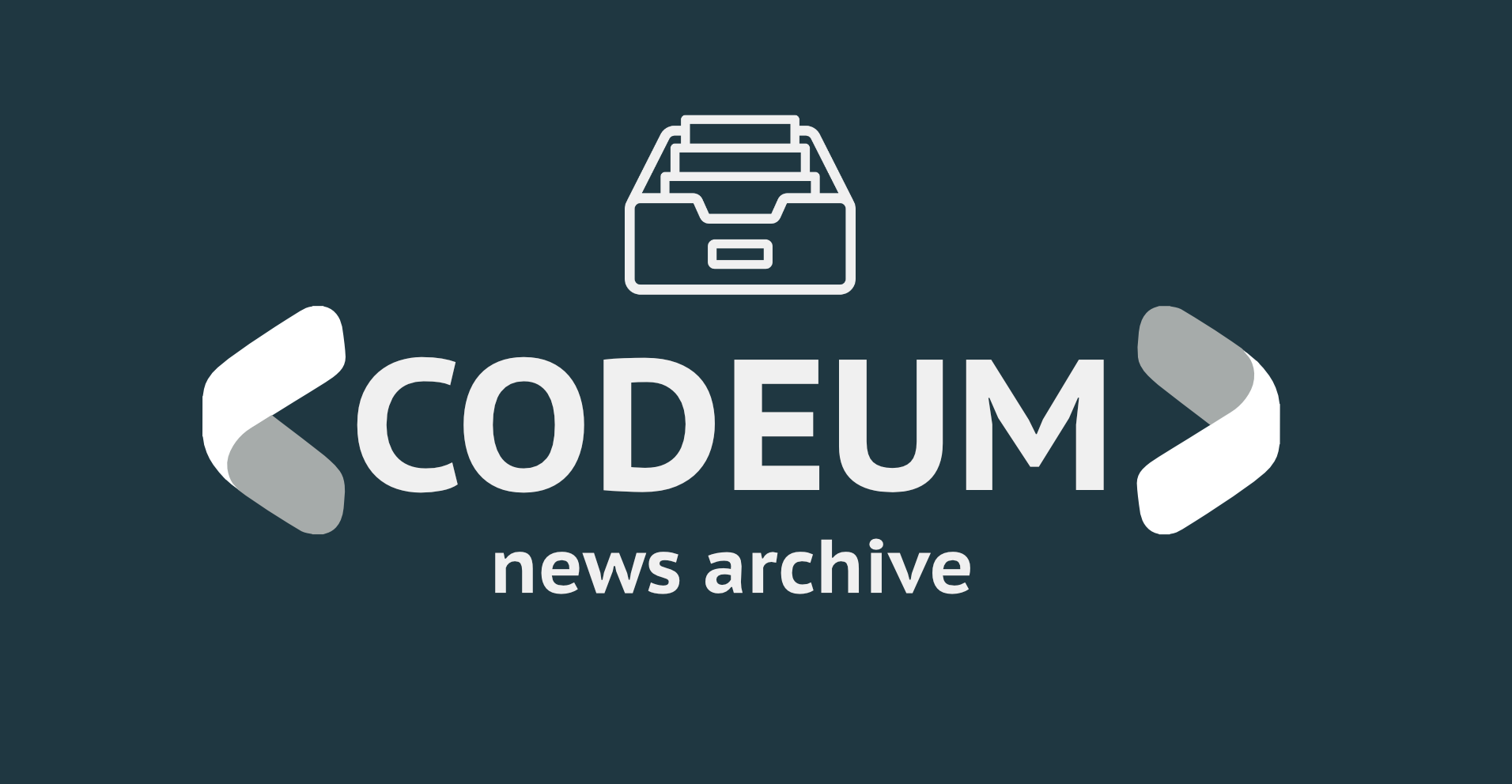
Balancer Jumps Following Vote-Escrow System Launch
Share this article
Balancer’s governance token jumped 20% Friday following the protocol’s switch to a vote-escrow tokenomics model.
Introducing veBAL
Another DeFi protocol has adopted Curve Finance’s vote-escrow token model.
Balancer, an automated market maker on Ethereum, has completed its switch to a vote-escrow tokenomics model. BAL holders must now lock up their tokens in exchange for veBAL to be able to vote on governance proposals and the Balancer pools to receive boosted rewards. As outlined in the proposal posted to the Balancer forums on Feb. 3, the minimum lock-up period is one week, with voting power increasing the longer holders agree to lock their tokens.
By requiring BAL holders to lock up their tokens to vote, the new system has decreased the supply of liquid BAL tokens. As a result, since the update went live on Mar. 28, the price of BAL has steadily increased. As holders started to lock up more BAL tokens ahead of the first emissions vote on Apr. 7, the price increased further. Over the past 24 hours, Balancer has climbed another 21%, putting the token’s total gain since the new system’s launch at over 50%.

The vote-escrow token system was first implemented by the like-asset DeFi exchange Curve Finance. Like in Balancer’s recent update, holders of the CRV governance token must lock it up in the protocol’s smart contract in order to receive untradeable veCRV tokens. These “ve” tokens can be used to vote on the trading pools that receive the most CRV emissions.
The vote-escrow system helps align the incentives of governance token holders with those of liquidity providers and has proven effective in improving capital efficiency in DeFi. Through pioneering the vote-escrow approach, Curve has grown into the biggest DeFi protocol across all chains with $20.75 billion in total value locked.
In addition to Curve and Balancer, other DeFi protocols have experimented with similar vote-escrow models. At the beginning of the year, former DeFi developer Andre Cronje launched a new decentralized exchange called Solidly that used vote-escrow tokenomics to increase capital efficiency. While interest in Solidly has waned since Cronje left the DeFi space in March, the vote-escrow system remains a powerful force in decentralized finance.
Disclosure: At the time of writing this piece, the author owned ETH and several other cryptocurrencies.
Share this article
Get up to $600 in AVAX or LUNA
With our goal of bringing the next 100 million people to crypto, Celsius is always looking to provide the best experiences and opportunities for our community. This includes looking for...
Balancer Jumps as Team Weighs Curve-Style Tokenomics
Balancer is looking at implementing a vote-escrowed token model for the Balancer protocol. Balancer Looks to Follow Curve Tokenomics Balancer has taken note of the Curve Wars. The pioneering DeFi...
Curve Finance Launches on Moonbeam
Curve Finance, has expanded its decentralized finance protocol to the Ethereum-compatible Polkadot parachain, Moonbeam. Moonbeam Used to Expand Cross Chain The Polkadot ecosystem has gained access to the largest decentralized...
DeFi Project Spotlight: Redacted Cartel, DeFi’s Meta-Governance Prot...
Redacted Cartel is a decentralized autonomous organization that uniquely focuses on acquiring governance tokens and voting power across many of the most influential liquidity management protocols in DeFi with the...
Source link